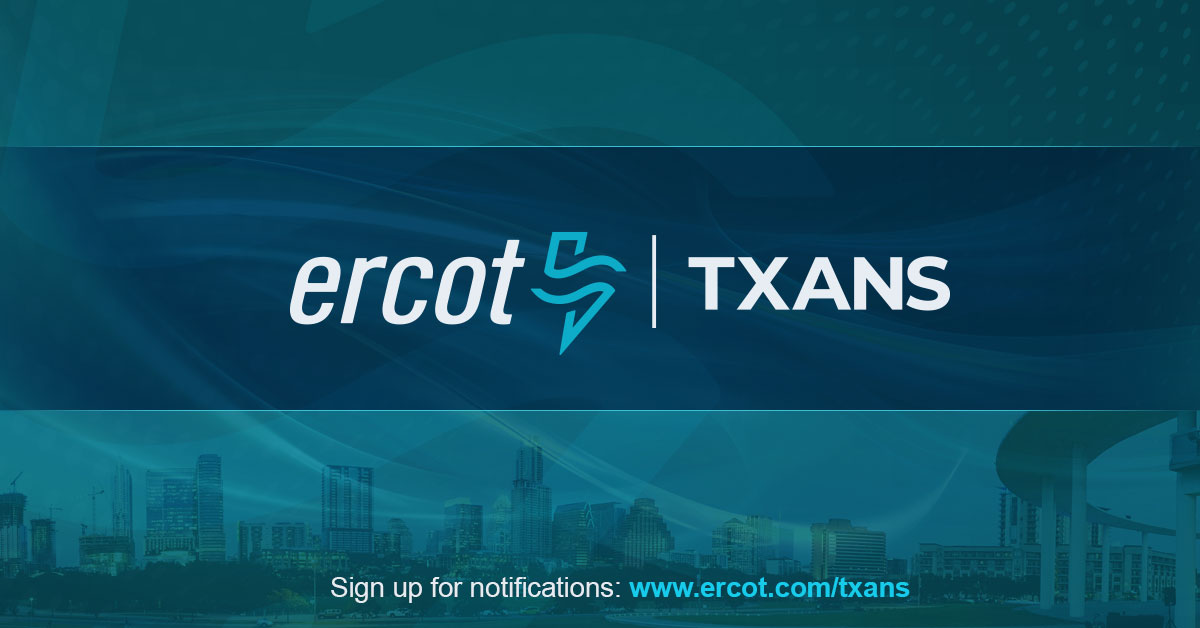Once again we ask, can our grid keep up?
The rapid expansion of data centers, fueled by the rise of artificial intelligence platforms and the increasing digitization of the economy, is driving a surge in electricity demand in Texas and across the country that could soon be pushing the limits of what power grids can handle.
Grid operators such as the Electric Reliability Council of Texas are rushing to adjust their demand forecasts amid projections by consulting firm McKinsey and the International Energy Agency that power load for data centers, which already consume 4% of the power on the U.S. grid, will double by the end of the decade.
In a recent podcast interview, ERCOT CEO Pablo Vegas said the rapid speed at which data centers such as the $800 million facility Meta is building in Temple were coming online was “unheard of in terms of grid planning time scales.”
“Historically, you’ve always been able to have years to contemplate a massive manufacturing facility coming online,” he said on the Energy Capital podcast. “Now we’re seeing 500- and 700-megawatt data centers being built in a year.”
ERCOT reported earlier this month that peak power loads on its system would rise 6% by 2030 to 94.3 gigawatts — with the caveat there was an additional 62 gigawatts of additional load asking to connect to the grid. It didn’t detail where those load requests were coming from, and ERCOT declined to make officials available for this story.
But Doug Lewin, an energy consultant in Austin, said data centers, along with new manufacturing facilities such as the semiconductor plants being built around Austin, crypto currency mining operations and growth in oil production in West Texas, were responsible for much of the new load requests.
“Some of (the 62 gigawatts) will come, some of it won’t,” he said. “But even if it’s just one third of that, in five to six years time that’s shocking.”
Those same conversations are happening in power grids across the country, as Google, Amazon, Microsoft and other tech giants race to build out computing infrastructure to accommodate not only new artificial intelligence applications but a society that is increasingly dependent on cloud computing systems.
Energy Secretary Jennifer Granholm earlier this month called rising power demand from AI and data centers a “problem” and said in an interview with Axios that conversations with tech companies needed to “accelerate, because this demand for power is only going up.”
I personally would seek to prioritize just about anything ahead of cryptomining, but that’s not our reality. To be sure, AI and the data centers being built to support it are creating demand that outstrips supply nationwide, as this recent episode of What Next TBD discussed. Texas is probably better positioned than many states to keep up because we have a lot of solar and wind capacity that we can bring online in the near future. The problem is that in many places the heightened demand for power is causing a resurgence in coal and gas plants, which is exactly what we don’t need as we try to stave off the worst effects of climate change. It’s a tough problem but we need to find a way forward.


Maybe the Texas Lege can pass a law that requires crytoming facilities and FB/Meta data centers be energy independent, i.e generate their own power through wind or solar, if the facilty itself is not for ‘the public good’ in some fashion.
Hahaha… I think some cereal just came out of my nose.
In a sensible Texas, incentives would be crafted to make it desirable for cryptominers to convert their facilities to battery storage or data centers. Dream on…
You will be turned into a battery.